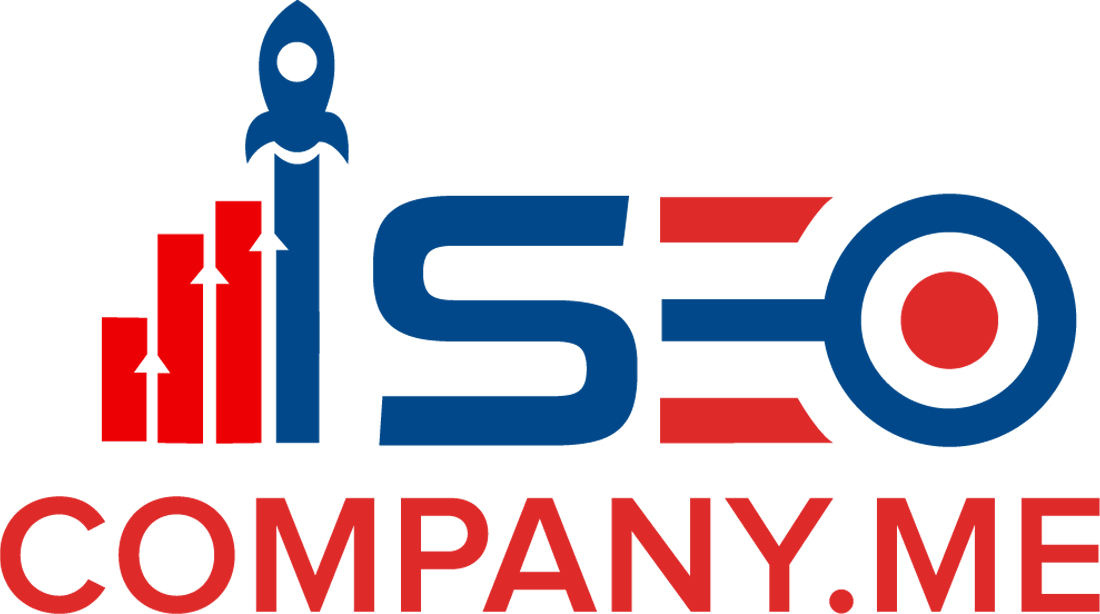When it comes to technical SEO, one silent hero stands behind the scenes, ensuring your content ranks well without competing against itself: the canonical tag.
If you’re running a website with dynamic URLs, product filters, paginated content, or even blog posts that get republished elsewhere, duplicate content can silently harm your search performance. That’s where canonical elements come in. They signal to search engines which version of a page should be treated as the authoritative or “preferred” version.
What Exactly is a Canonical Element?
A canonical element (or canonical tag) is an HTML tag used to prevent duplicate content issues by telling search engines which version of a URL to index.
The Code Looks Like This:
<link rel=”canonical” href=”https://www.example.com/preferred-page/” />
This tag is added to the <head> section of a webpage and acts as a signal to Google and other search engines that the URL specified is the one that should be prioritised in the search results.
Why Does Duplicate Content Happen?
Duplicate content doesn’t always mean copy-pasting pages. It can happen accidentally for several reasons:
- URLs with parameters (e.g., ?sort=price)
- Printer-friendly versions of a page
- Session IDs or tracking parameters
- HTTP vs HTTPS
- www vs non-www
- Syndicated or republished content
Without canonical tags, search engines may struggle to choose which version to show, splitting your ranking signals across multiple URLs and reducing overall visibility.
How the Canonical Tag Works (Behind the Scenes)
Let’s say you have three URLs with the same or similar content:
By adding a canonical tag to each of those pages pointing to the primary URL:
<link rel=”canonical” href=”https://www.example.com/shoes” />
You’re telling Google:
“Index and rank this version. Ignore the others for search purposes.”
This helps you consolidate SEO value, such as backlinks and authority, into one canonical URL.
Real-World Use Cases for Canonical Elements
1. E-commerce Product Pages
Shopping websites often have the same product displayed across different categories or filtered views.
Example:
/products/blue-shirt?size=large
/men/shirts/blue-shirt
Use a canonical tag to point to both the master product page.
2. Blog Posts Republished on Other Platforms
If your blog article is syndicated to sites like Medium or LinkedIn, use a canonical tag to point back to the original article on your site.
This ensures you get the SEO credit, not the third-party platform.
3. Pagination (Page 1, Page 2, etc.)
For paginated content, such as:
/blog?page=1
/blog?page=2
Best practice: Either use self-referencing canonicals (each page has a canonical tag pointing to itself) or implement rel=”prev” and rel=”next” tags to help Google understand pagination.
4. Multiple Languages or Regional Variants
Running example.sg, example.my, and example.com with similar content? Use hreflang + canonical to guide both region targeting and duplicate control.
Canonical Tag Best Practices
Here’s a checklist of what you should do:
- Always use absolute URLs (include https:// and domain).
- Include self-referencing canonicals on every page.
- Use only one canonical tag per page.
- Ensure that the canonical URL returns a 200 OK status.
- Canonical pages should contain substantially similar content.
- Keep internal linking consistent with your canonical structure.
Common Canonical Tag Mistakes
Even experienced marketers sometimes get it wrong. Avoid these pitfalls:
Canonical to a Non-Related Page
Pointing to a page with different content confuses search engines.
2. Conflicting Canonicals & Redirects
Don’t use a canonical tag to one URL while also setting up a 301 redirect to another. Pick one strategy.
3. Noindex + Canonical Together
This sends mixed signals: you’re telling search engines both “don’t index” and “this is the preferred version.” Avoid using them together unless you’re confident in your intent.
How Canonicalization Affects Your SEO Strategy
Using canonical tags correctly helps you:
- Improve crawl budget efficiency
(Google doesn’t waste time crawling duplicate pages)
- Consolidate link equity and PageRank
- Control what shows up in search results
- Prevent keyword cannibalisation
(When multiple pages target the same keyword, they hurt each other)
For SEO agencies and marketers in Singapore, this means better rankings, cleaner indexing, and stronger content authority.
Advanced Tip: Dynamic Canonicals for CMS or E-commerce Platforms
If your site has thousands of dynamic pages (like product listings or user-generated content), consider implementing programmatic canonicals using logic in your CMS or platform.
For example:
<link rel=”canonical” href=”<?php echo canonical_url(); ?>” />
Or use a plugin/module for platforms like Shopify, Magento, or WordPress.
Final Thoughts
Canonical tags might seem like a technical detail, but they’re one of the most effective ways to clean up duplicate content, preserve SEO authority, and enhance search visibility.
Whether you’re a blogger, an e-commerce entrepreneur, or a digital marketing manager, understanding and correctly using canonical elements is crucial.
Need Help with Technical SEO?
At SEOCompany.me, we specialise in technical SEO audits, including canonical optimisation, crawl budget improvements, and advanced duplicate content fixes. Based in Singapore, we help brands gain higher search rankings and better digital visibility.
Contact us today for a free site audit and boost your SEO performance.
Author
-
Keerthana is a seasoned Digital Marketer with over 6 years of experience in crafting compelling online strategies. Specializing in content writing, SEO, social media advertising, and Google Ads, she has helped numerous brands elevate their digital presence. Keerthana's passion for innovative marketing solutions drives her to stay ahead of industry trends, delivering impactful results that resonate with audiences. When she's not optimizing campaigns, you can find her exploring new marketing tools and sharing her insights to help others grow in the digital world.
View all posts
 Keerthana Kannan
Keerthana Kannan



